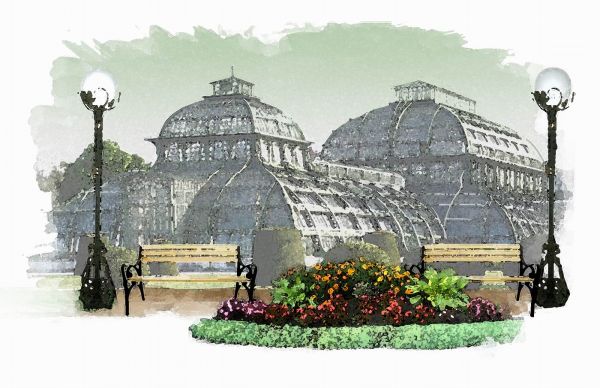|
|
French Garden

Annotation
This landscape composition is designed to replicate the corner of a French garden in the classical, formal style, whose overarching idea is precision and symmetry.
The French garden typically features tree tops trimmed into proper geometric shapes and a flat parterre lawn sown with green grass.
The history of the origination of this particular style of landscape design traces its roots back to the Roman Empire. The ancient Romans were famed for their formal, stately gardens and kept a special slave, known as the topiary, who was responsible for the care and proper upkeep of the garden.
This type of garden came back into fashion in the Middle Ages and was all the rage during the Italian Renaissance. This thrust of landscape design gained more widespread popularity and further development in 17th Century France. A prime example of this type of garden is offered by the gardens at Versailles, which went on to become a universally-recognized model worthy of emulation.
Soon thereafter, the fashion for such formal French gardens spread to Russia.
Today, at the beginning of the 21st Century, after several decades of relative obscurity, this approach to garden creation is coming into fashion once again.
“Imperatorskiye Orangerei” (Imperial Greenhouses) is reviving the traditions of the classical imperial style in landscape design for its sophisticated and discerning clients.

